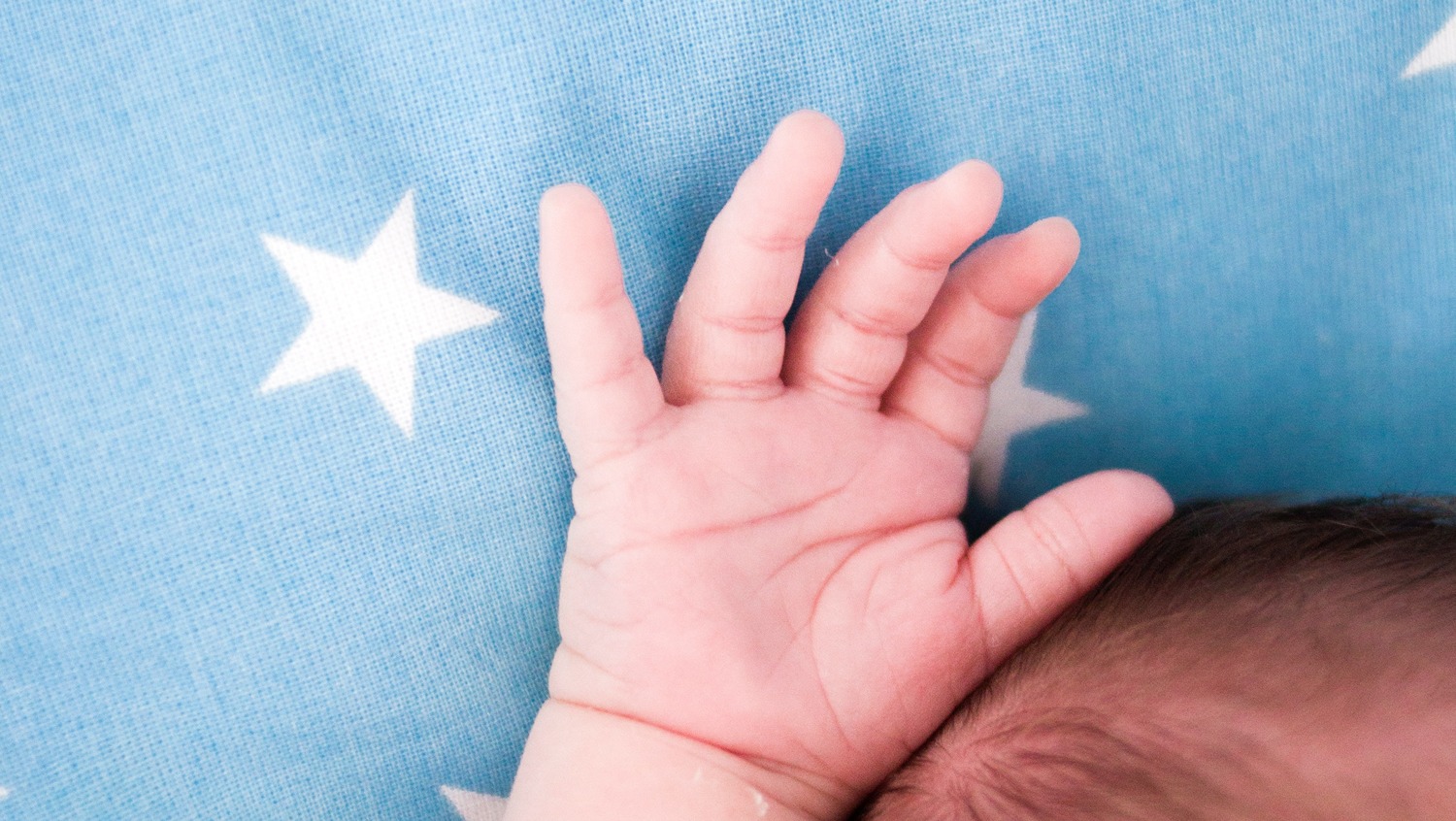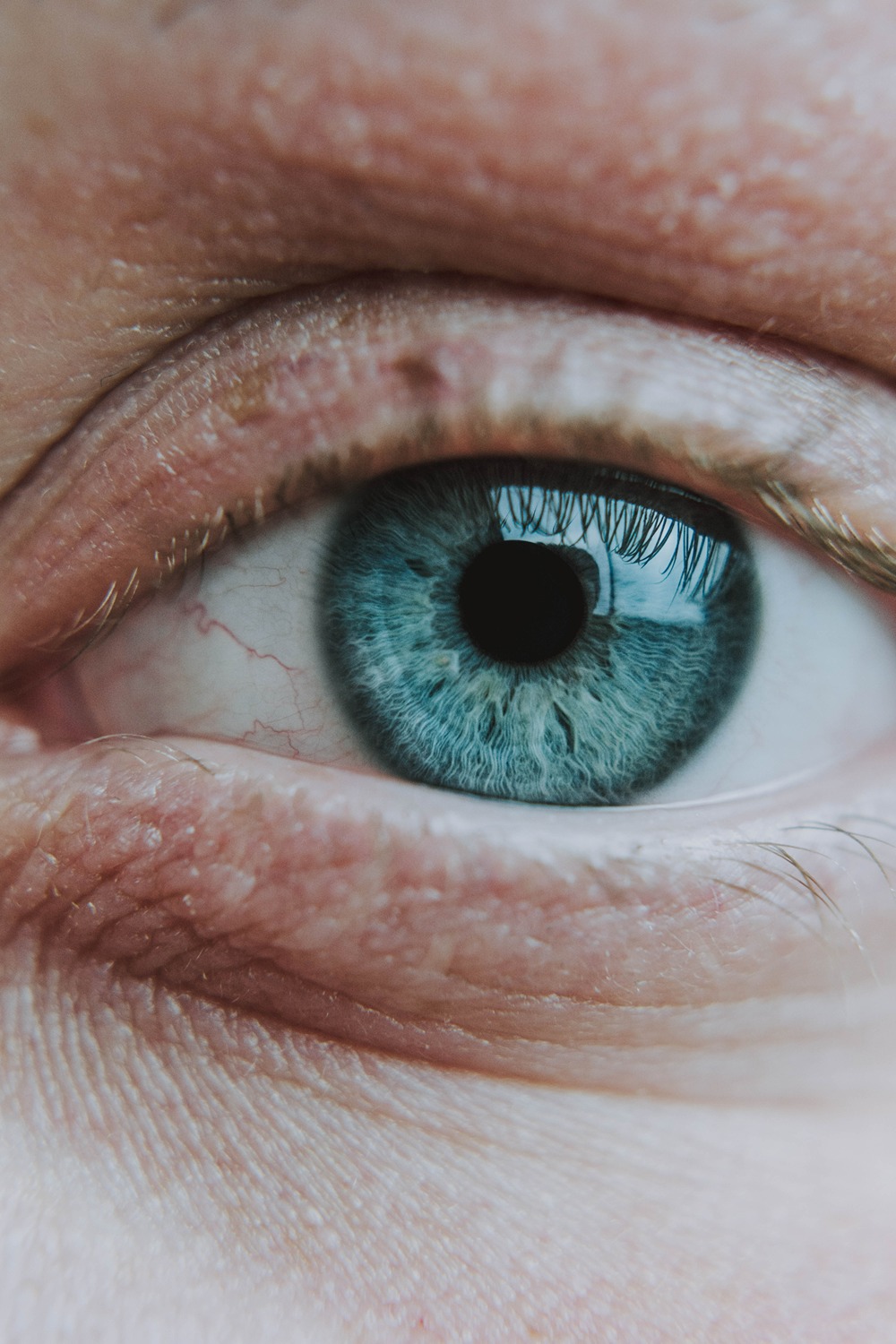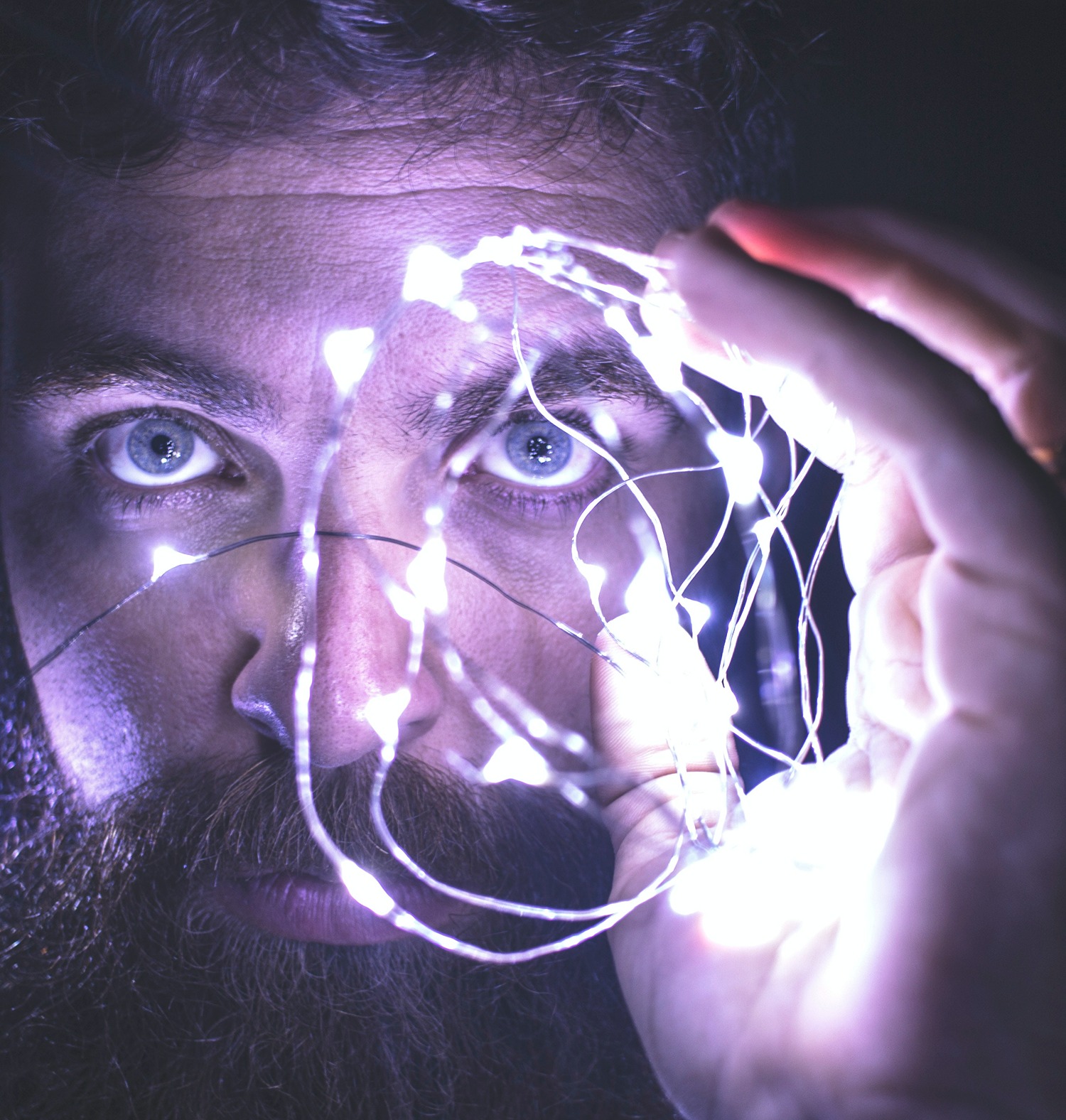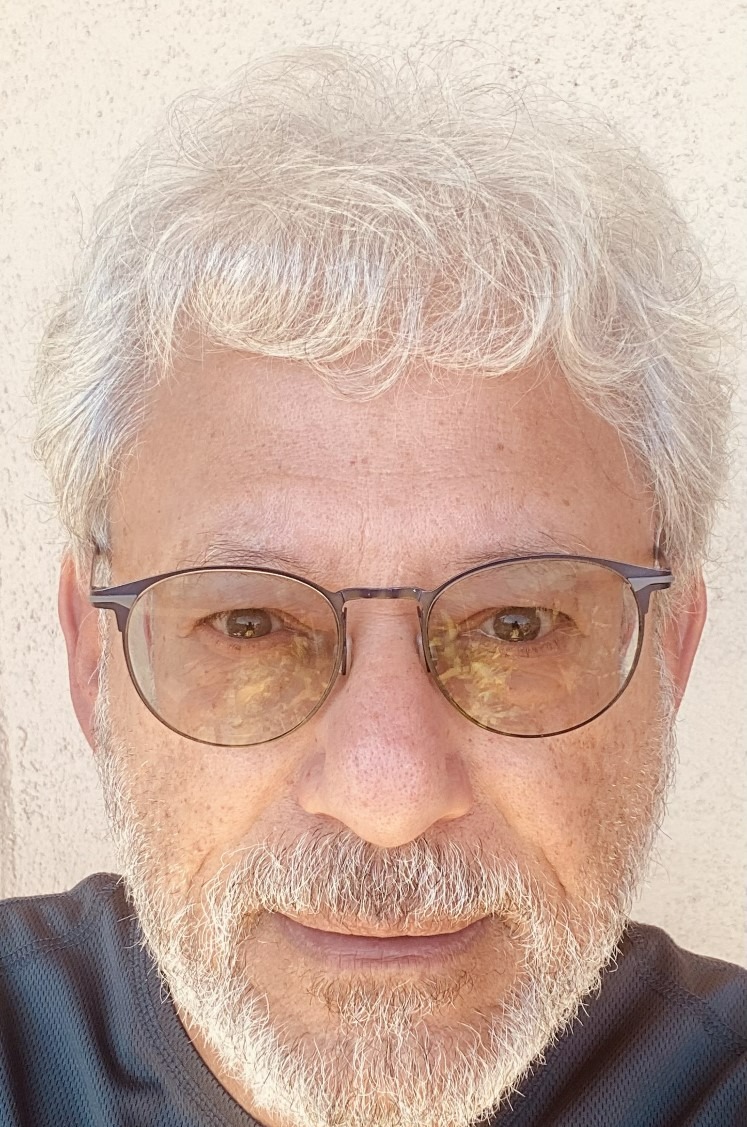
Your Amazing Original Mind
© 2023 Jaime A. Pineda, PhD
Controlling Mental Chaos: Harnessing the Power of the Creative Mind, by Jaime A. Pineda, Ph.D. Reprinted with permission from Rowman & Littlefield.
Living in peaceful unity seems like an ideal because who has not occasionally strayed from that to experience worries, anxiety, uninhibited thoughts, overwhelming feelings, and seeing no way out of difficult circumstances? When the effects of these life experiences persist and change our mood, rational deliberation, and behavior, they disrupt the normal flow, joy, and unity of life. They obscure its wonder. While the pressures of life exacerbate such difficulties, over millennia, many have recognized that the root of the problem is our fearful and uncontrolled mind, one centered on ego-based rumination. Taking moments to unwind and enjoy activities like exploring 카지노사이트 can help bring balance and joy back into daily life.

Yet, your mind as a child was Original Mind, an active, adaptable, energetic, curious, creative mind; one unencumbered by problems, with an attitude of openness, eagerness, and lack of preconceptions. While you may no longer identify with such a mind, you have not lost this treasure completely, and it is possible to recover it. This is the journey you are starting.
Leonardo was illegitimate, gay, left-handed, a bit of a heretic, and a misfit. He lived in Florence, Italy, which in the late 1400s was a very progressive and wealthy city. As a boy, he had no formal education but received instruction at home in reading, writing, Latin, geometry, and mathematics. Leonardo spent most of his childhood outdoors. Because of his lack of formal schooling, many contemporaries overlooked or ignored his later scientific contributions. Everyone, however, recognized his astounding powers of observation even in childhood; his unusual talent for making connections between unique areas of interest; a skeptical mind with a readiness to challenge dogma and contemporary beliefs; and a preternatural ability to appreciate and imagine the future.
 Today, we know Leonardo da Vinci as the epitome of the creative Renaissance man. We consider him a painter, artist, engineer, architect, scientist, inventor, cartographer, anatomist, botanist, and writer. His active imagination conceptualized the tank, the helicopter, the flying machine, the parachute, and the self-powered vehicle. He was a man ahead of his time and many of his visionary inventions became real only centuries later.
Today, we know Leonardo da Vinci as the epitome of the creative Renaissance man. We consider him a painter, artist, engineer, architect, scientist, inventor, cartographer, anatomist, botanist, and writer. His active imagination conceptualized the tank, the helicopter, the flying machine, the parachute, and the self-powered vehicle. He was a man ahead of his time and many of his visionary inventions became real only centuries later.
Much of this reality is mixed with mythology since Leonardo created an endless succession of untested contraptions, unpublished studies, and unfinished artworks. His uncontested genius, however, rests on several personality attributes. Foremost among these was curiosity, his defining trait. It seemed everything interested Leonardo. We consider him the ultimate expression of an intuitive, unencumbered Original Mind.
How to Cultivate an Unencumbered Mind: Encourage Curiosity
Being like Leonardo da Vinci means encouraging your curiosity—about everything. This curiosity, however, has no other goal than the pleasure of knowing. The answer is its own satisfaction.
How do you cultivate this? For starters, ask “Why?” questions. Ask “Why not?” questions. Challenge your beliefs and assumptions.
The Mind at Birth
Modern science is converging with Buddhist thought on the special nature of Original Mind, the mind at birth. Both perspectives recognize that this mind is an extraordinary living entity. They agree it can produce wondrous accomplishments when unencumbered, as exemplified by Leonardo da Vinci, and that we are all recipients of this amazing gift.
 Over the past few decades, developmental psychologists have created new and better ways to study how and what newborns know. The general conclusion is that babies know much more than most of us realize, and science is only now discovering this wealth of skills. In 1890, a mere 133 years ago, science luminary and founder of American Psychology, William James concluded erroneously that infants experience a “blooming, buzzing confusion.” We now know better. Accounts during the last decade by scientists, developmental psychologists, and science reporters tell an unfamiliar story. Their accounts, based on the recounting of controlled scientific studies, describe the amazing skills newborns display.
Over the past few decades, developmental psychologists have created new and better ways to study how and what newborns know. The general conclusion is that babies know much more than most of us realize, and science is only now discovering this wealth of skills. In 1890, a mere 133 years ago, science luminary and founder of American Psychology, William James concluded erroneously that infants experience a “blooming, buzzing confusion.” We now know better. Accounts during the last decade by scientists, developmental psychologists, and science reporters tell an unfamiliar story. Their accounts, based on the recounting of controlled scientific studies, describe the amazing skills newborns display.
A few months after birth, babies show an unusual grasp of the basic rules of the physical world. They intuitively understand that unsupported objects will fall, an important principle of gravity. More interesting is that before three months, babies lack a sense of object permanence. At that age, an object that is no longer visible ceases to exist, and young minds assume its location is in several places at a time.
Experiments using “Peekaboo” games show that newborns assume that a hidden or unobserved object can be anywhere. Most adults do not realize or understand that this notion is a fundamental principle of quantum physics. The newborn’s intuition for the theoretical basis of modern physics is accidental or remarkable. Seth Lloyd, an expert on quantum computing and professor of mechanical engineering at the Massachusetts Institute of Technology, claims newborns are the only people alive who intuitively understand quantum mechanics. Unfortunately, we lose that intuition early on, chiefly because that specific knowledge is unnecessary for us to live in the normal Newtonian (and not quantum) environment.
Along with the unusual physical skills you lose because they become unnecessary in your environment, you learn an extraordinary number of new cognitive skills because of the needs that arise. Many of these cognitive skills appear early in development, between four to six months of age. Babies, for example, detect differences in facial expressions, reacting to sadness, anger, joy, interest, and excitement. These varying facial expressions result from the forty-three muscles in the face and the infinite combination of how these muscles activate to produce unique expressions. As an infant, you analyze this combinatorial explosion with amazing accuracy—a computational accomplishment that is remarkable.

Based on these early aptitudes and competencies, newborns respond and adapt to their environment and interact with life in remarkable, exquisite, and creative ways, discarding irrelevant behaviors and building upon socially and intellectually relevant ones. They enter the world with an exceptional mind chock-full of talent and potential. Shodo Harada Roshi describes this as “a mind that is unencumbered, without shape, form, or color, with nothing in it whatsoever, no dualism, no separation, and accepting everything as one unified whole.”
Overcoming the Odds
On the night of December 8, 1995, Jean-Dominique Bauby had a stroke and went into a coma. Bauby was the fashion editor-in-chief of French Elle, a magazine considered the ultimate insider’s guide to Paris chic. He was a forty-four-year-old man known and loved for his wit, flair, and impassioned approach to life. He was also the father of two young children. Bauby awakened from the coma twenty days after the stroke, aware of his surroundings, but unable to move, except for turning his head. He soon realized that only his left eye was functional, allowing him to see and, by blinking, to make clear to others that his mind remained unimpaired. A darkness engulfed his once wide-open vista of life, with the most minuscule of openings still accessible to him. Bauby hoped against hope to regain abilities, like the ability to communicate.
Throughout the course of the first year following the stroke, Bauby consulted with many medical specialists, yet the strangeness and permanency of his situation took a while to sink in. During the twenty weeks after arriving at the hospital, Bauby lost sixty pounds. He could eat only through a tube connected to his stomach, and therefore his taste of food had become only a memory. After a time, he knew he had been the victim of the rarest of strokes to the brainstem. This region of the brain is continuous with the spinal cord, and the stroke left him immobilized in a condition known as “locked-in syndrome.” The condition meant that Bauby could only move the muscles controlling his eyes (and only the left eye, at that). But despite this paralysis, his intellect, imagination, memories, and spirit remained intact.
 A year after the stroke, Bauby found himself in room 119 at the Maritime Hospital at Berck-sur-Mer in Pas-de-Calais in northern France, waiting for an emissary from his publisher. With the help of a speech therapist, Bauby had opened a larger window into his alternative world. He had discovered how to express himself in the richest detail as he communicated with others. Sandrine, his therapist, developed a simple communication code. The method involved having visitors read the French alphabet slowly and repeatedly to him, with the letters ordered from the most common to the least. When Bauby heard the letter he wanted, he blinked his left eye so readers could write it down. In this way, slowly and methodically, he communicated. In no time, he was writing daily messages, letters to friends and family, and composing a book describing his unusual condition. The story took ten months to write, with Bauby working four hours a day along with several readers. The effort required about 200,000 blinks, with an average word taking two minutes to complete. A year after the stroke, Bauby waited for the literary agent who would help publish his extraordinary achievement.
A year after the stroke, Bauby found himself in room 119 at the Maritime Hospital at Berck-sur-Mer in Pas-de-Calais in northern France, waiting for an emissary from his publisher. With the help of a speech therapist, Bauby had opened a larger window into his alternative world. He had discovered how to express himself in the richest detail as he communicated with others. Sandrine, his therapist, developed a simple communication code. The method involved having visitors read the French alphabet slowly and repeatedly to him, with the letters ordered from the most common to the least. When Bauby heard the letter he wanted, he blinked his left eye so readers could write it down. In this way, slowly and methodically, he communicated. In no time, he was writing daily messages, letters to friends and family, and composing a book describing his unusual condition. The story took ten months to write, with Bauby working four hours a day along with several readers. The effort required about 200,000 blinks, with an average word taking two minutes to complete. A year after the stroke, Bauby waited for the literary agent who would help publish his extraordinary achievement.
In the book, The Diving Bell and the Butterfly, Bauby described himself as trapped in his body. He compared this trapped feeling to being inside an old-fashioned deep-sea diving outfit with a brass helmet, called a scaphandre in French. In contrast, his friends saw his spirit, still alive, comparable to a “butterfly.”
Adapting to Circumstances
When Original Mind, the mind at birth, is unencumbered and allowed to flourish, the outcome is a Leonardo da Vinci. When encumbered by tragedy, as reflected in Jean-Dominique Bauby’s story, the mind can still work to overcome its extraordinary circumstances. These very human stories show how the mind adapts to significantly different circumstances.
 That the mind and the brain adapt and change with experience goes back to William James. In 1890, he conceived of the nervous systems as “endowed with a very extraordinary plasticity.” Plasticity, or neuroplasticity, is the brain’s remarkable ability to change and adapt its physical nature because of experience. This ability means that seeing, hearing, touching, smelling, feeling, and thinking affect the brain’s hardware in significant ways. Brain activity itself creates changes in the wiring of the circuits, the actual anatomy that connects sensory experience to emotions and actions. Thus, just like water takes the shape of the container we pour it into, a developing brain will take the shape dictated by the environment in which it lives. It assumes the richness or poverty of stimulation that the environment provides. An enriched environment in which music, laughter, conversation, love, toys, and other people interact will produce a healthy, curious, energetic, da Vinci-type brain. An impoverished environment where many of these things are absent will not.
That the mind and the brain adapt and change with experience goes back to William James. In 1890, he conceived of the nervous systems as “endowed with a very extraordinary plasticity.” Plasticity, or neuroplasticity, is the brain’s remarkable ability to change and adapt its physical nature because of experience. This ability means that seeing, hearing, touching, smelling, feeling, and thinking affect the brain’s hardware in significant ways. Brain activity itself creates changes in the wiring of the circuits, the actual anatomy that connects sensory experience to emotions and actions. Thus, just like water takes the shape of the container we pour it into, a developing brain will take the shape dictated by the environment in which it lives. It assumes the richness or poverty of stimulation that the environment provides. An enriched environment in which music, laughter, conversation, love, toys, and other people interact will produce a healthy, curious, energetic, da Vinci-type brain. An impoverished environment where many of these things are absent will not.
Modern dogma, therefore, views the brain as possessing a remarkable ability to rewire and reorganize pathways, producing changes in the connections between functionally distinct areas.
An adaptive brain creates new connections that did not exist before, loses connections no longer needed, and sometimes produces new cells. In older adults who have suffered massive strokes, the brain can recover and regain function by rewiring itself. This neuroplasticity suggests that the brain remains malleable throughout life and that the mental abilities you are born with do not limit function—an important feature in shaping your identity. Reminding ourselves that limits on this malleability exist is important, since the brain’s plasticity is not infinite, just extraordinarily malleable. Attempts to learn unfamiliar languages, for example, become more difficult for an adult than for a child, and recovery from a stroke is sometimes only a partial recovery.
Many factors in the internal and external environment affect neuroplasticity. Age and genetics play a role, as does the interaction with the world. Because of the sheer volume of information that you learn and remember as you age, the increased processing load leads to a natural reduction in overall plasticity. Thus, a younger brain is more plastic than an older brain. But aging does not mean that the brain loses the ability to change and adapt. Older brains still keep the ability to learn new skills, or languages, into advanced old age, although not as quickly or efficiently as before. The reduction in ability may result from the larger volume of information accumulated.
How to Cultivate an Unencumbered Mind: Nurture Creativity
Intuition is the secret ingredient in creativity. However, you must be intentional about strengthening this ability. Start with a creative endeavor and set your intention. For example, if you are a writer, you might aim to come up with fresh story ideas.
Still your mind, relax, and become attentive to inspiration. Focus on thoughts that arise. If a particular thought captures your imagination, turn the thought over in your mind. What is this thought telling you? To what other thoughts does it lead to? Let your mind guide you down the path of inspiration. Try not to control the outcome, simply be open to whatever comes up.
Creative Living
The extraordinary yet normal unfolding of the mind that starts in infancy, carries into adolescence, and continues into adulthood is the essence of creative living. I define creative living as unencumbered being and doing. The process is not a fixed state of mind, but an attitude and actions arising from those attitudes in response to living. Creative living does not end in infancy or childhood, but continues throughout our lifetime. The interactive unfolding of nature and nurture becomes playtime with the world of things, and flourishes in the creativity, love, and meaning that fills our being. Creative living defines the core of who we are when living a natural and authentic life. It does not apply just to the arts or any particular outcomes. Without a nimble, curious, Original Mind, normal development, and normal enjoyment of life become problematic. When development is unsuccessful or incomplete, and circumstances encumber the mind, the outcomes are dissatisfying. They impede aspects of creative living. But like the story of Jean-Dominique Bauby, we can still overcome even extreme circumstances.
This book presents a story based on scientific and personal evidence of the uncontrolled mind and Original Mind as two sides of the same brain dynamics. Comparable to identical twins who grow up in unique environments, they share the same genetics. The uncontrolled mind is, in fact, Original Mind. The former simply focuses on the past and future, while the latter is more at home in the present moment. Dwelling on the past and future occasionally gets the mind snagged in that mode and becomes dysfunctional. This dysfunction causes havoc when unmanaged and chronic. The solution is not to get rid of this mind, but to use self-parenting approaches and present-moment centering to place its functioning in the proper context. Training and guiding the obsessive mind back to its original state is possible—to deal with the challenges of living in-the-moment.
ABOUT THE AUTHOR

Jaime A. Pineda, PhD, is professor of cognitive science, neuroscience, and psychiatry at the University of California, San Diego. For twenty-eight years, he directed the Cognitive Neuroscience Laboratory, where he explored the relationship between mind and brain. He is the author of many widely cited papers in animal and human cognitive and systems neuroscience. He is the editor of Mirror Neurons and author of Controlling Mental Chaos: Harnessing the Power of the Creative Mind and The Social Impulse: The Evolution and Neuroscience of What Brings Us Together.
Posted by mkeane on Tuesday, August 1st, 2023 @ 7:59PM
Categories:
